PCL Treatment at Orthotics Plus
Orthotics Plus has extensive experience in treating people with PCL injuries- ranging from elite athletes to everyday people.
We provide assessments, bracing and rehabilitation support. Our services are delivered at our Melbourne clinic locations.
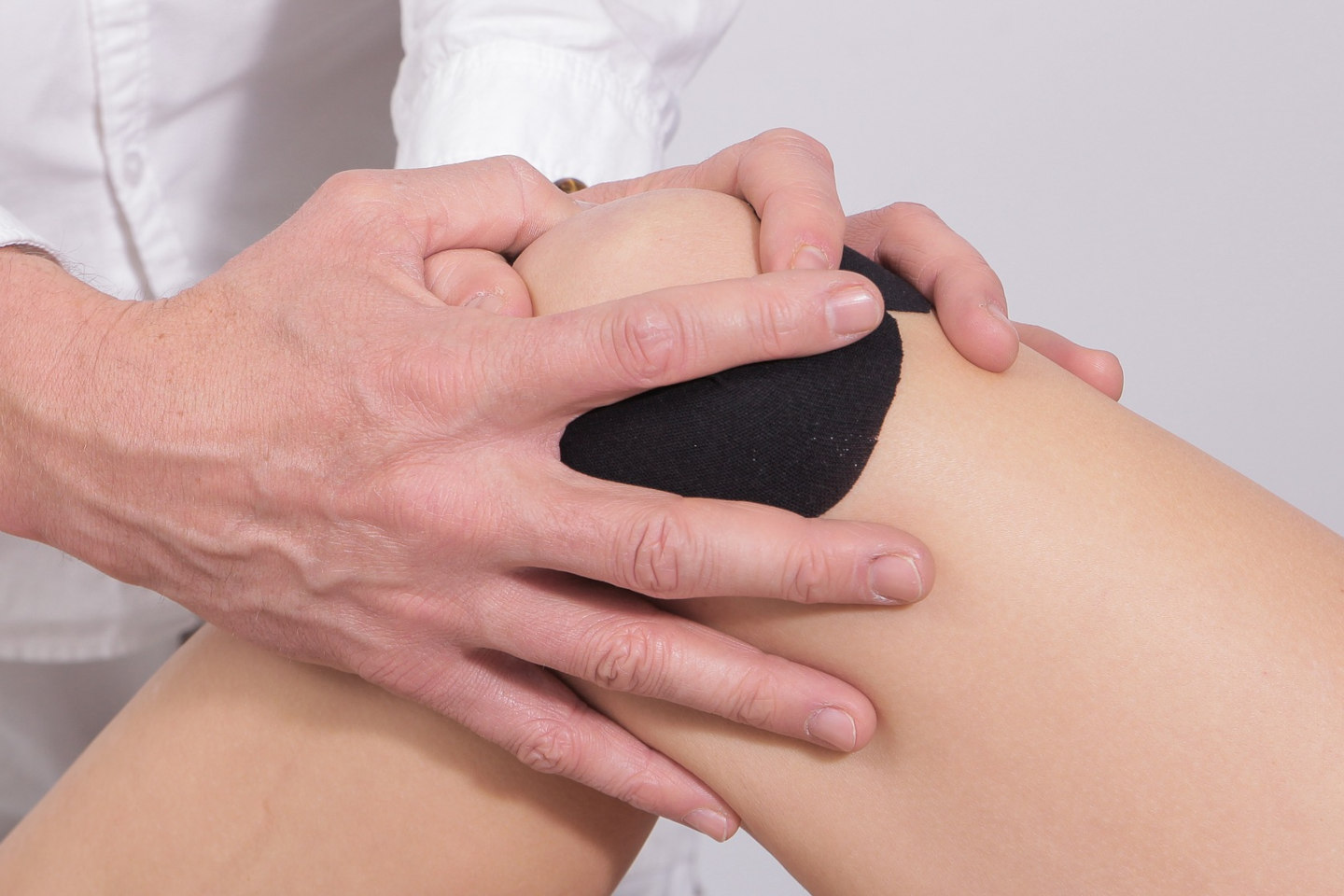
What is the PCL?
The PCL (Posterior Cruciate Ligament) resides in the human knee. It attaches the anterior portion of the femur and runs diagonally backwards to attach to the posterior aspect of the tibia. It is normally a strong and thick ligament, approximately twice as strong as the ACL.
In humans, the PCL prevents posterior translation of the tibia in relation to the femur and helps control rotation. It is an imperative ligament for knee stability.
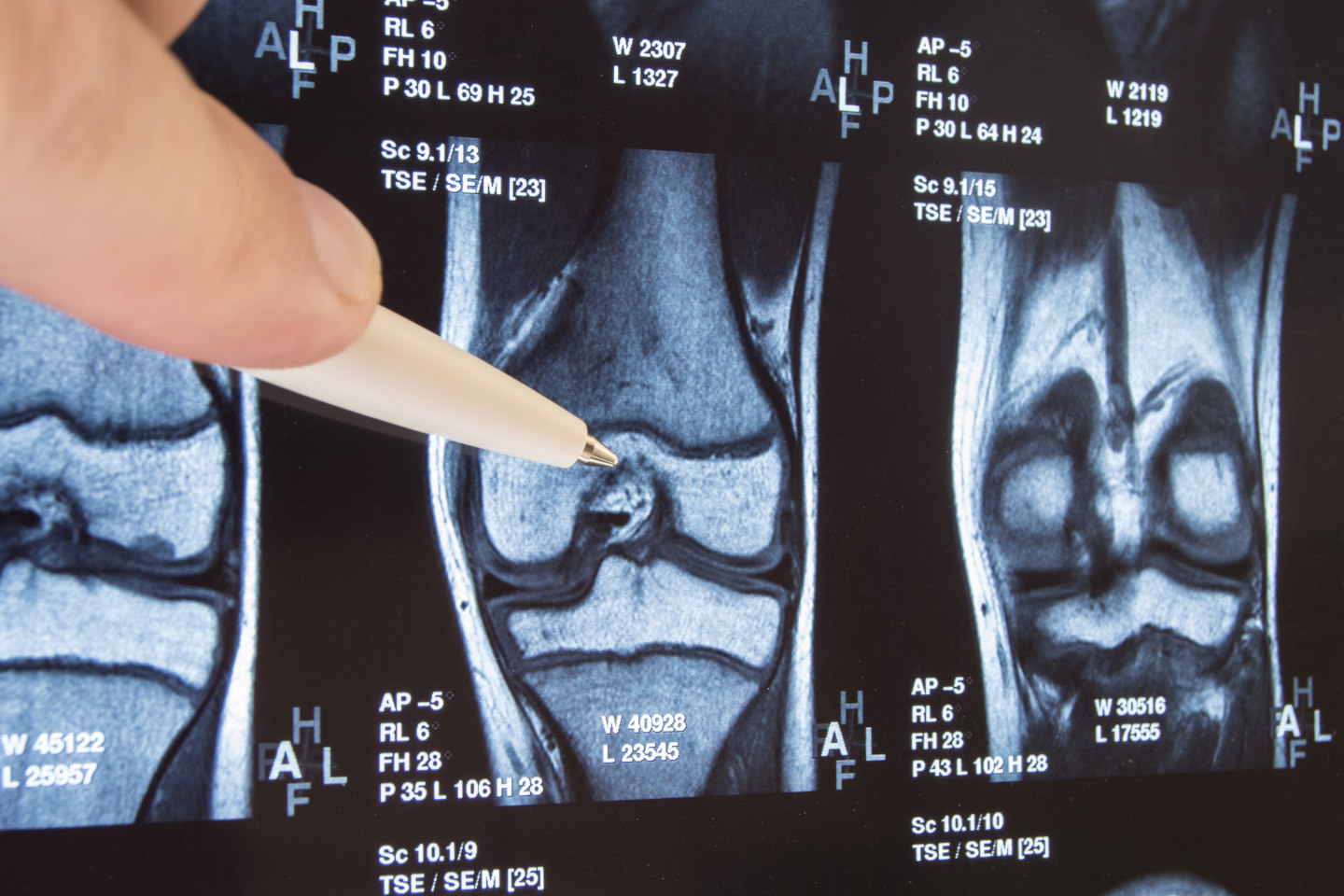
How PCL Injuries Occur
The PCL is most commonly injured via a blow to the anterior section of the tibia. Such a high-impact force displaces the tibia backwards to a degree beyond what the PCL can stretch to, resulting in a partial or complete tear.
Most patients injure their PCL while playing sports, from a fall or during a car accident.
The injury usually occurs when the knee is positioned at 90 degrees (such as sitting in a car), sustaining a physical impact that shifts the tibia backwards and tears the PCL.
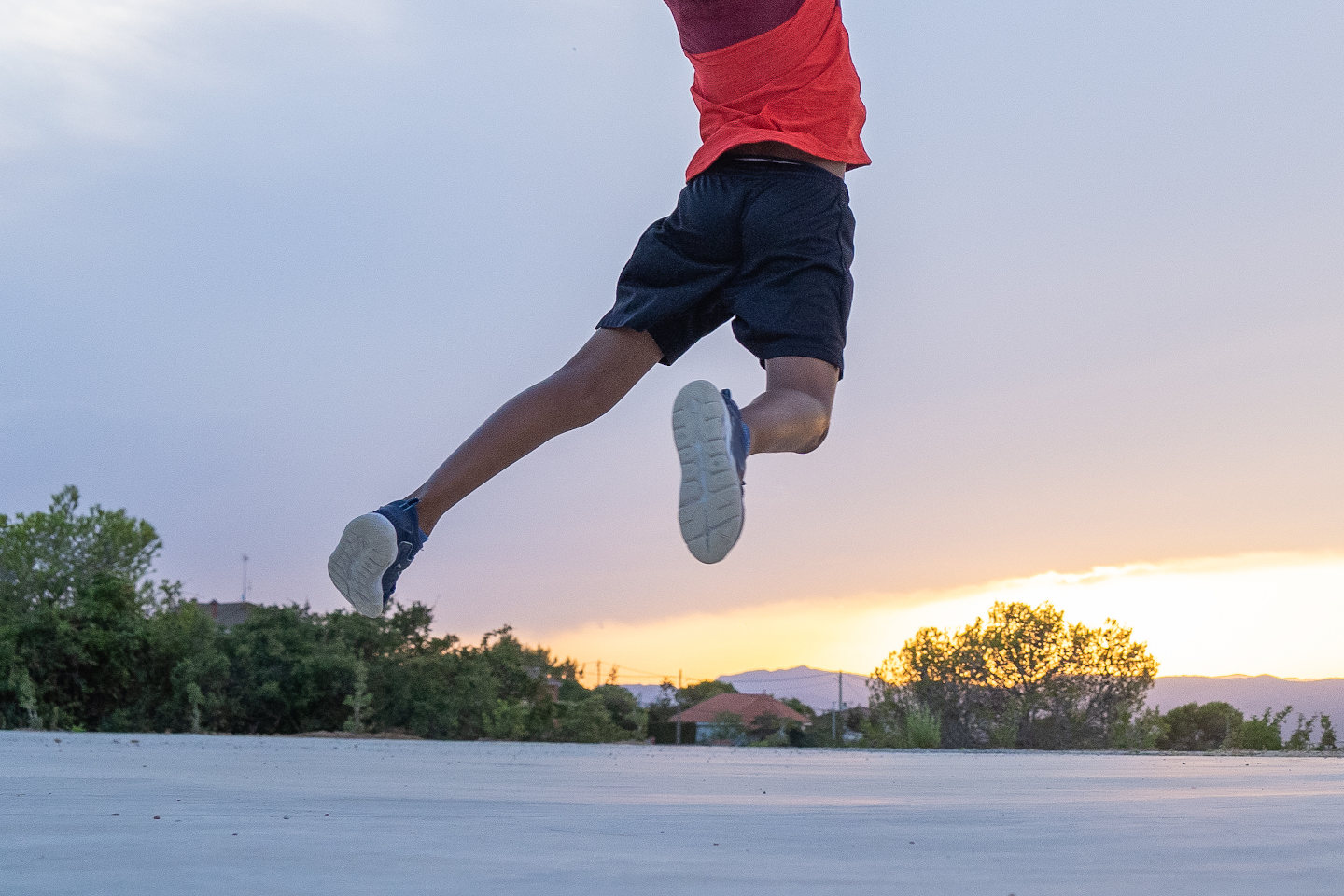
Choosing the Correct Brace for PCL Recovery
Historically there have been general braces that were used to aid PCL recovery. Fortunately, there has been development in this area and there are now specialised braces available.
At Orthotics Plus, we believe the most appropriate product is the Ossur Rebound PCL Brace for people who have sustained an isolated PCL injury.
In our experience, this device generally yields better outcomes as it provides the correct force at the correct time during normal activity rather than providing a static force. It is the brace that most sports medicine doctors and orthopedic surgeons recommend.
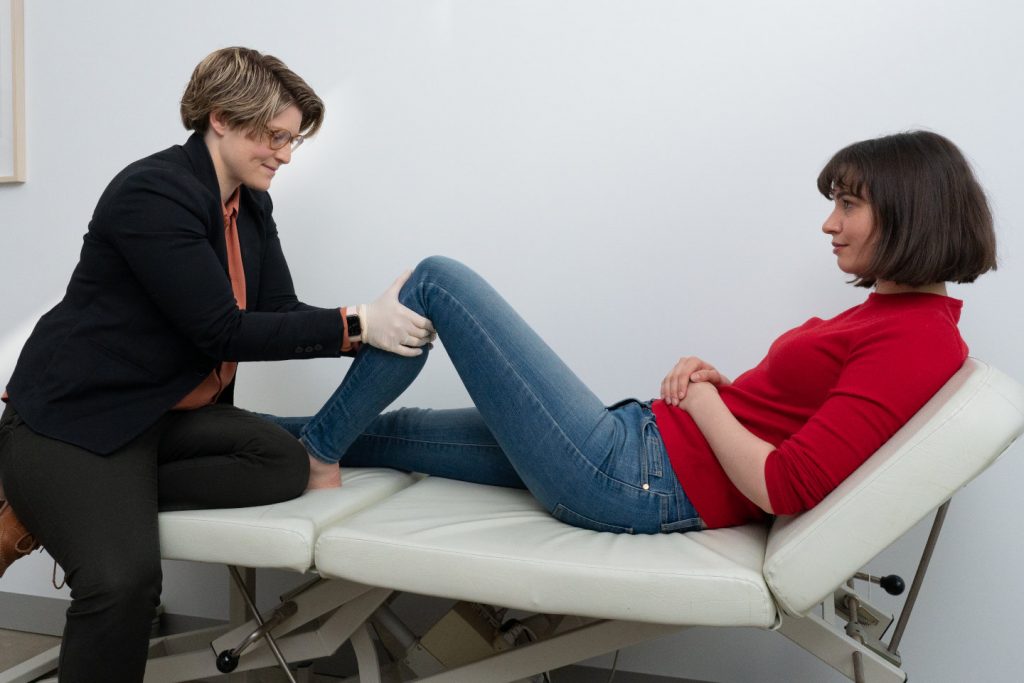
How the Rebound PCL Aids in PCL Recovery
The PCL in a healthy knee undergoes a normal stretch as the knee bends. Your PCL is under the maximum tension at about 90-110 degrees of knee flexion, or while the hamstrings are engaged and pulling the tibia backwards.
When the Ossur Rebound PCL is worn, a dial is used to shift the tibia forward via a force system. That force system is on a cam, which increases the force proportionally as the knee bends, thereby minimizing the stretch on the PCL when it is most needed.
The Rebound PCL aids the PCL in recovering “tighter”, meaning the ligament will be less attenuated. The knee should be more stable than if the person didn’t wear a brace at all.
The PCL brace helps to push the tibia back to where it should be and hold it in the correct position while it heals. Otherwise, the tibia will sag without this support.

We Support Both Surgical and Non-Surgical PCL Patients
If the physiotherapist or surgeon decides that conservative treatment is the best approach, our team at Orthotics Plus can help manage your treatment with a PCL brace.
Braces generally provide good outcomes for our patients. In some cases, we can fully prevent or postpone surgery.
Even if a surgeon repairs a PCL, a brace may still be needed. For example, if you have a multi-ligament injury or are very unstable, the surgeon may choose to operate and repair the PCL but also prescribe a PCL brace afterwards to protect the repair.
Some surgeons may also choose to lock your knee straight with a brace for a time following surgery to stop you from bending the knee too much while the graft heals.
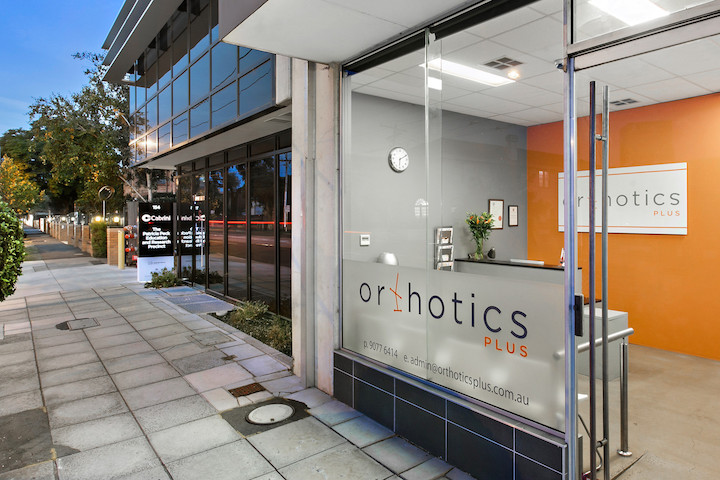
Patient Experience of PCL Supports
Most often, Orthotics Plus will become involved in your treatment following a referral. It’s rare that we would diagnose a patient with a PCL injury before they are seen by a Physio/GP.
Once we fit a patient for a brace, we recommend appointments every two weeks at a minimum until they’re out of the brace to tighten up the posterior dial. If a patient is located a far distance from our office, we can liaise with other Allied Health professionals to assist with follow ups.
During the initial assessment with our team, we’ll always discuss with patients the expected timeline as well as treatment costs and the variable pathways that may occur.

FAQ
While it’s possible that children and adolescents can injure their PCL, it’s a rare occurrence.
In most instances, the cost of these braces will need to be privately funded.
Car accidents may be TAC funded. Workplace accidents may be work cover funded.
You may be able to submit a claim from your private health insurance, but the cost is typically paid for privately.
The wearing schedule for PCL braces is important.
Depending on the direction of the surgeon (if applicable), you’ll probably be wearing the brace 24/7 except during showering.
Range of motion is also important. A surgeon may request, for example, that we keep you straight for a couple of weeks and then slowly open up the range of motion.
When this is the case, you will need to return to our office every few weeks to ensure the device is fitted correctly in relation to your rehabilitation stage.